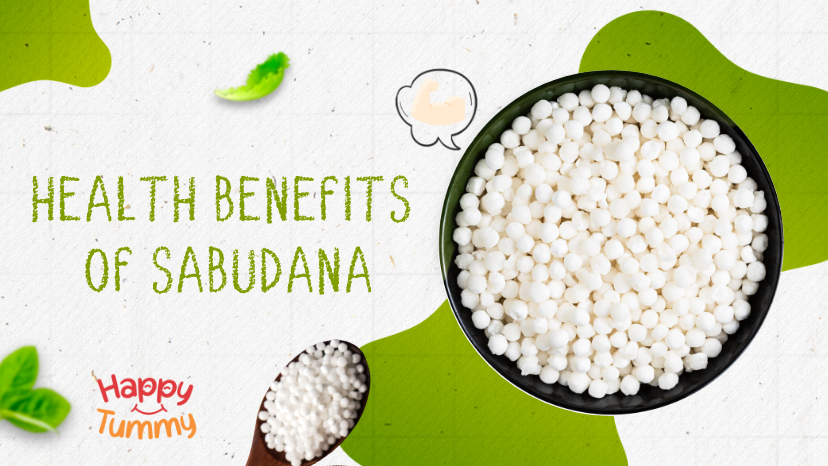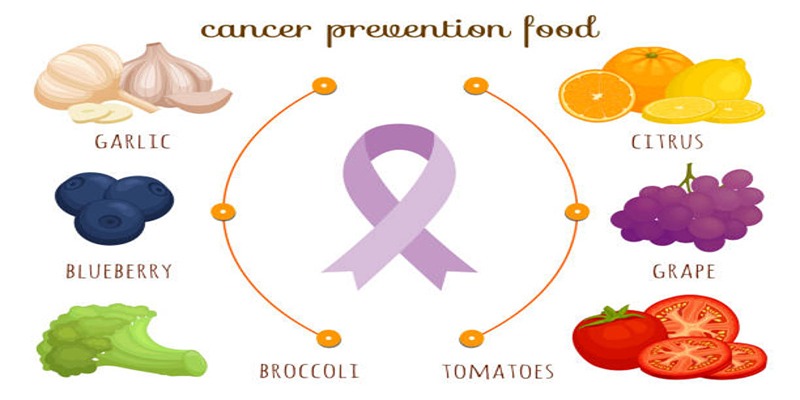Sago, made from the pulp of tropical palm trees, is a starch-based foodstuff used in different cooking and baking methods, such as rice, pastries, and noodles. Even though sago is famous worldwide for its versatile uses in recipes, it possesses more health benefits due to the composition of nutrients in the body when consumed. Here is the time we should focus on the sago nutritional information and see what it adds to your health.
Rich Source Of Carbohydrates.
Sago is very rich in carbohydrates and is used as a quick-acting and energy-delivering source. Equally, as a complex carbohydrate, - the body's energy systems are designed to release energy steadily into the bloodstream and thus maintain blood sugar levels. This renders grains the best source of quick energy rejuvenation during physical exercise or a general lack of energy.
Sustained Energy Release
- Complex Carbohydrates: The Sago is composed of complex carbohydrates. The body processes it, hence a gradual energy release.
- Athletic Performance: Sago is a good option for pre-workout meals because it helps muscles continue functioning and enlarges endurance while acting as a prolonged energy source.
- Blood Sugar Regulation: A gradual sago consumption assists in avoiding sugar peaks in the blood, which leads to a stable energy level and thereby antagonizes crashes.
Gluten-Free Alternative
The gluten-free nature is the highlight of sago, so it is a pop for individuals with gluten intolerance or celiac disease. Sago is milder on the stomach and does not cause any allergic reaction due to gluten, unlike some wheat-based products, which makes it the ideal choice for people following a gluten-free diet. Providing glut excludes consumers from various dishes; their formulation allows a wide range of dishes for different groups of con users.
Celiac-Friendly Option
- Digestive Health: Sago can be less complex for people with weak digestive systems and might relieve gastrointestinal problems caused by gluten consumption.
- Diverse Cooking Applications: Besides its nutritional value, sago's bland taste and texture give it properties that make it a key element in gluten-free meals, providing the ability to prepare multi-cupboard recipes such as cakes, rice and porridges.
- Nutritional Benefits: Even though Sago is gluten-free flour, this starch-based product remains packed with nutrients, building up and maintaining good health.
Source Of Essential Minerals

Sago has got more than just carbohydrates and fibre. It is also great for minerals like medically important minerals needed for bodily processes. Some micronutrients are calcium (which plays a very important role in bone health), iron, and phosphorus, which are integrated into the oxygen transport system and energy metabolism. Consuming sago undoubtedly gives you the required nutrients to be nutritionally sufficient.
Mineral Content
- Calcium: Sago is composed of calcium necessary for good bone and tooth health. It is an important mineral that plays a role in muscle function and nerve conduction.
- Iron: The iron found in sago has significant functions in transporting oxygen, preventing anaemia and other forms of fatigue in the body and guaranteeing enough oxygen supply to tissues and body organs.
- Phosphorus: Phosphorus is the cell fuel, the building block of bones and the repair element of cells in the whole organism, among other roles. Therefore, it is necessary to ensure an individual's overall health.
Possible Weight Management Aid
Sago's high vitamin fiber content and low-calorie density facilitate weight loss, which needs to happen concurrently with other vital body systems. Fiber helps make individuals feel more full and satisfied, thus reducing the chances of consuming high quantities of food. Moreover, sago's slow digestion is integral in regulating one's appetite and preventing overeating, resulting in blood sugar levels growing too high. This results in better portion control and calorie intake.
Satiety and Appetite Control

- Fiber Satiation: One of the benefits of sago is its fiber content, which increases the feeling of fullness, prevents snacking between meals, and leads to better appetite control.
- Calorie Density: besides being energy-rich, sago is lower in calories than most carbohydrate-rich sources. This thus makes it a great option for weight control because it is low-calorie.
- Mindful Eating: Consequently, Sago is a great friend to those who need to control digestion and find a way to release energy steadily. Therefore, it assists mindful eating practices: people won't choose food on impulse and will be able to control their weight.
Conclusion
Sago includes a range of plus points, such as keeping you energetic the whole day, maintaining your stomach system and supplying the bodies you need. Whatever food you seek can enhance your energy levels, improve digestion, or help build your nutrient intake. Sago can be a good, nutritious choice for your wellness.
Sago- one of the whole grains- brings a variety of health benefits in terms of gradual release of energy, gluten-free alternatives, gut-friendly options, iron-rich mineral creation and possible weight management help. Adding sago to your daily meals helps you benefit from the nutritional elements and ensures you are well.




